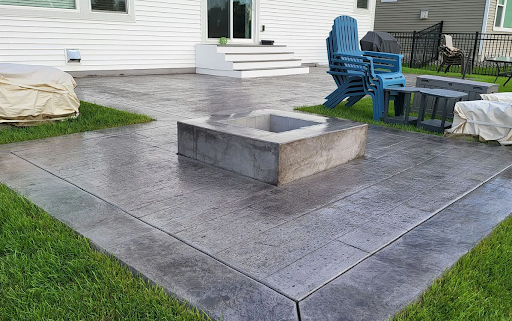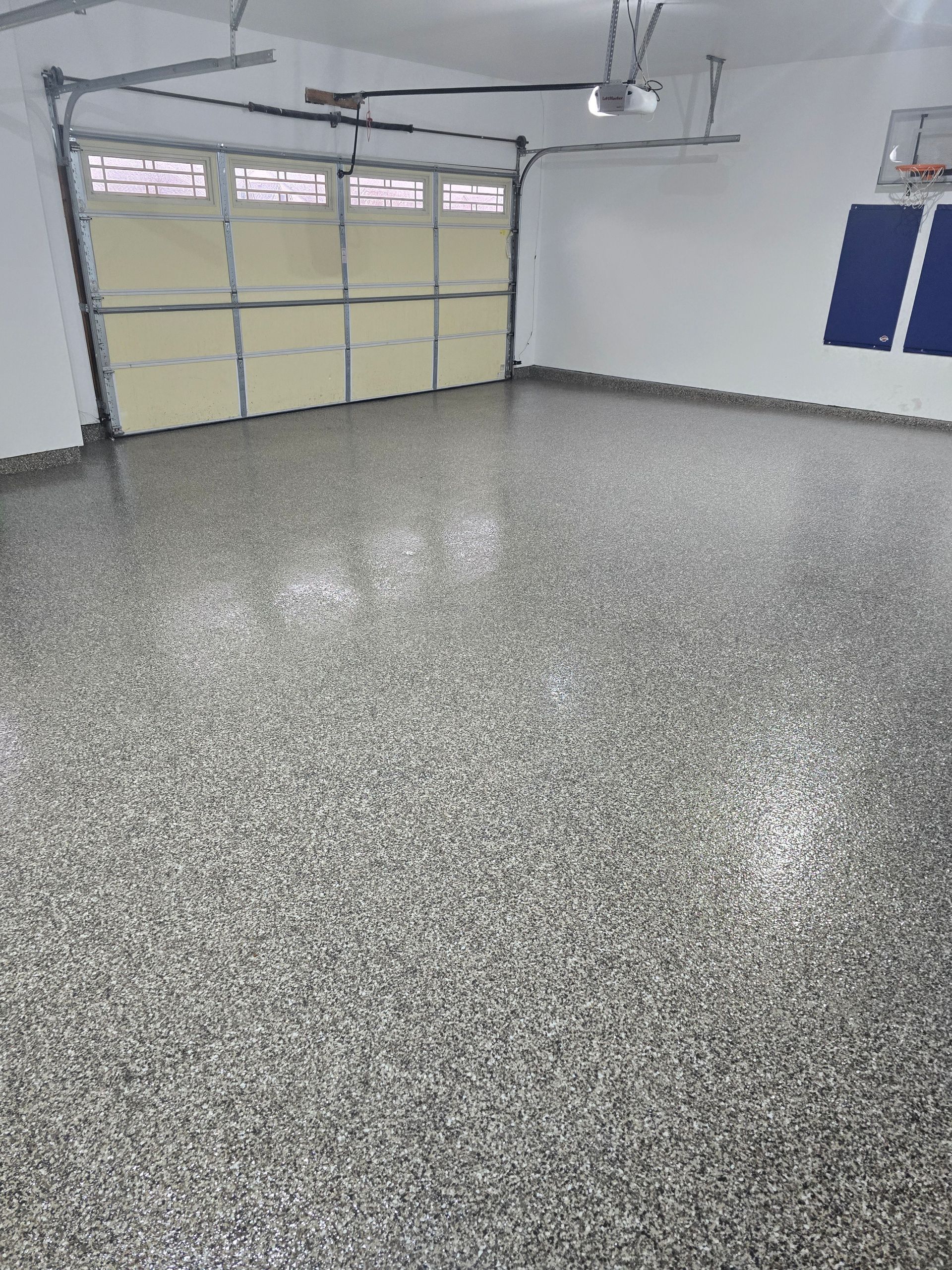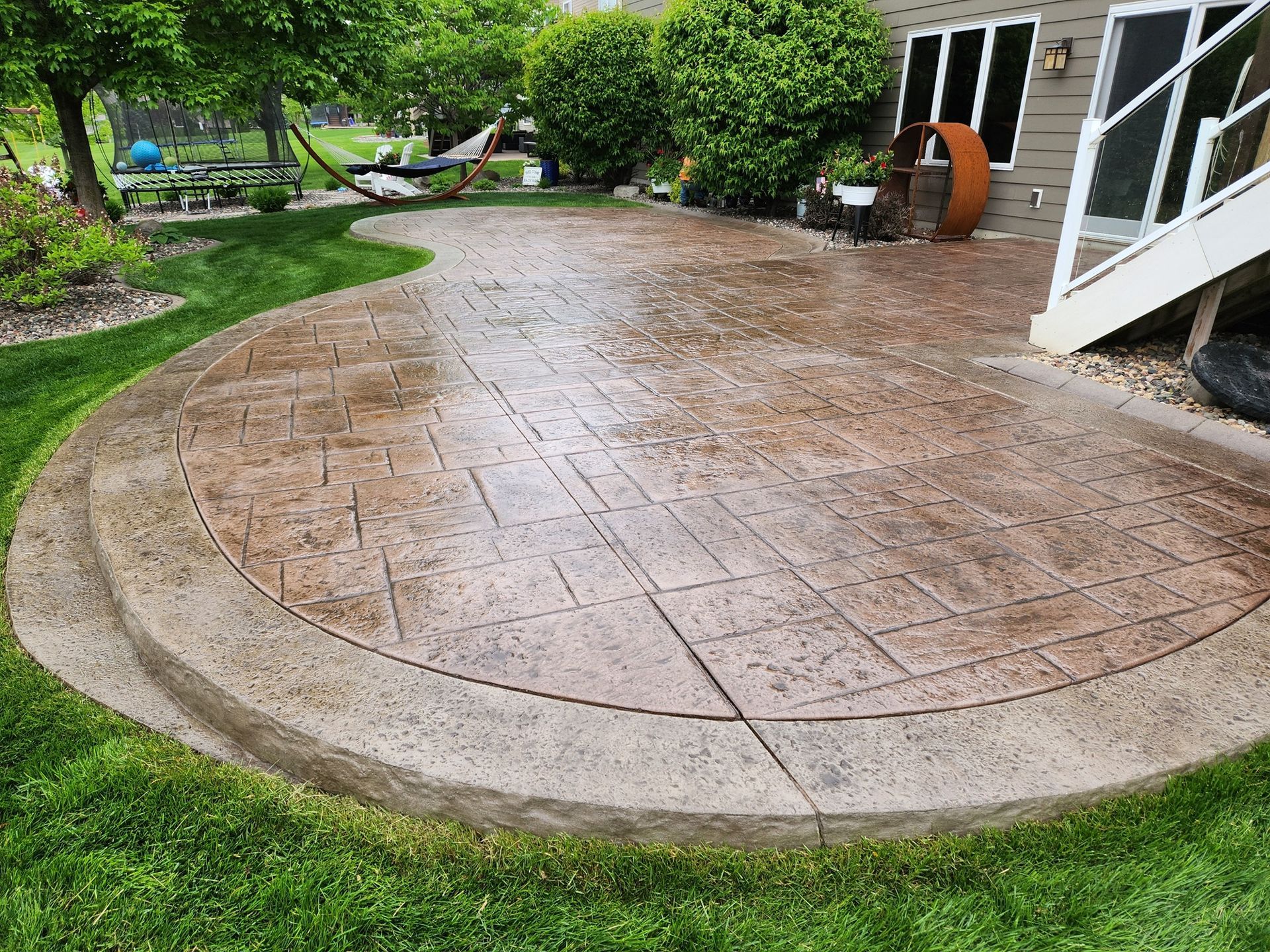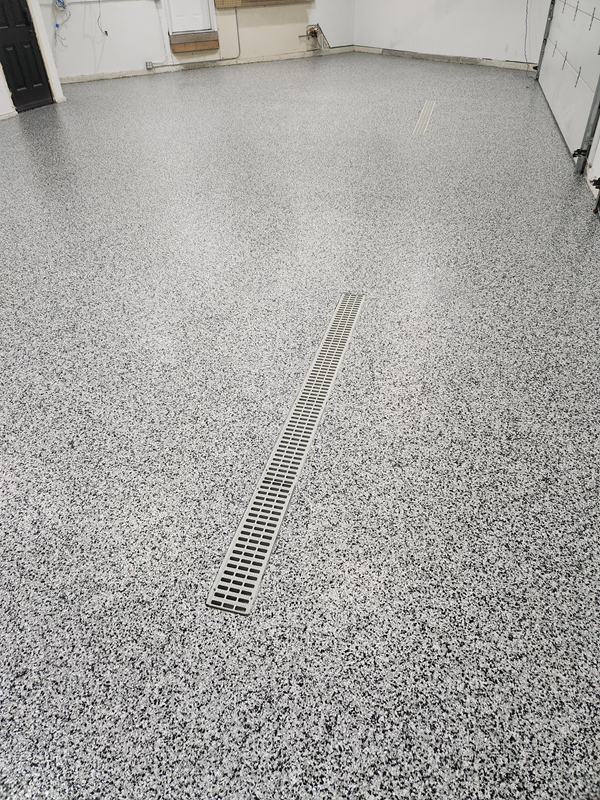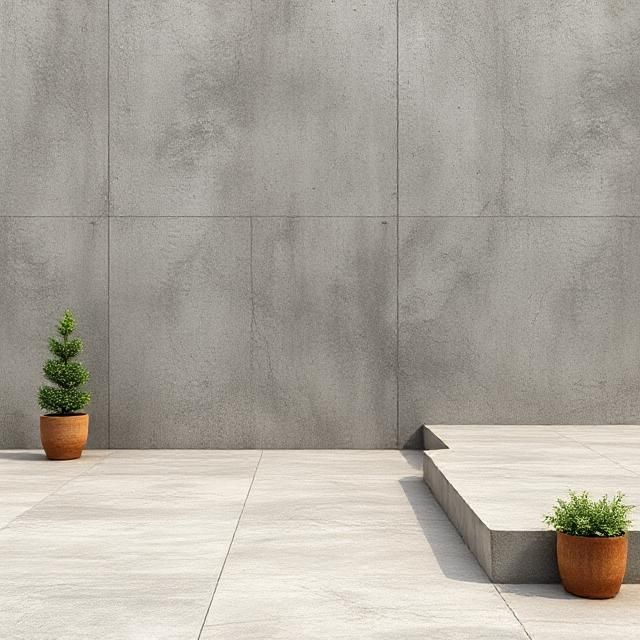How to Do Stamped Concrete: DIY Vs. Pro - Making the Right Choice for Your Minnesota Property
Dreaming of a beautiful stamped concrete patio that mimics natural stone or brick? You’ve probably found Pinterest boards full of inspiration and YouTube tutorials that make it look manageable. Now, you're wondering if you can tackle this project yourself or if you should call the professionals. We understand the appeal of both. We’ve seen homeowners successfully complete smaller projects, but we've also helped fix DIY projects that didn't go as planned.
So, should you try to pull off stamped concrete or leave it to the professionals? Let us help you figure it out.
Understanding Stamped Concrete Basics

Before diving into the DIY vs. professional stamped concrete debate, it's essential to understand what stamped concrete involves. Stamped concrete utilizes specially designed stamps to create patterns and textures in fresh concrete, mimicking the appearance of materials like stone, brick, or wood. The process requires precise timing, proper concrete consistency, and coordinated teamwork to achieve professional results.
The technique involves pouring concrete, adding color (if desired), timing the surface preparation perfectly, and then stamping patterns while the concrete maintains the ideal consistency. Weather conditions, concrete temperature, and working time all play critical roles in the outcome.
DIY vs. Professional Installation: A Complete Comparison
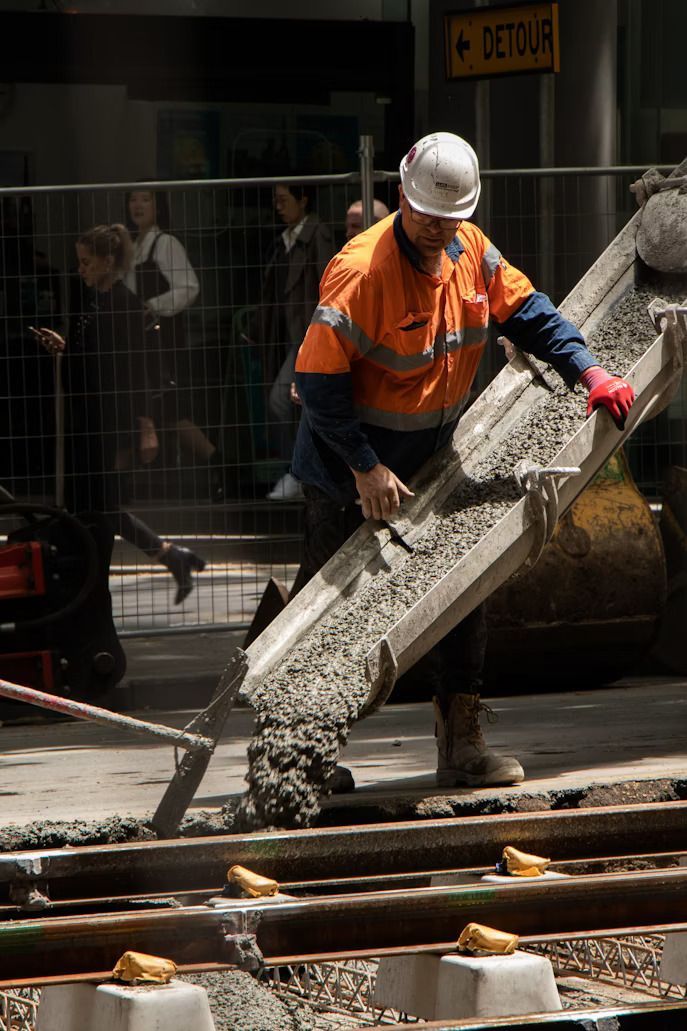
Stamped concrete offers the perfect solution for homeowners who refuse to settle for ordinary surfaces but want the durability and low maintenance that natural materials can't match. However, achieving these benefits depends heavily on proper installation techniques.
When The DIY Approach Makes Sense
Learning how to do stamped concrete yourself can be feasible for smaller projects under specific circumstances. DIY stamped concrete works best for small areas (under 200 square feet), simple patterns with forgiving textures, projects where perfection isn't critical, homeowners with concrete experience, and areas with easy access for equipment.
From a cost perspective, DIY projects involve renting tools and materials, as well as potentially correcting mistakes. While you might save 40% to 50% on labor costs initially, hidden expenses often emerge when things don't go as planned. Quality challenges – like surface preparation problems, inconsistent patterns, and color variations – are common with DIY stamped concrete projects. These issues become more pronounced over time.
The Benefits of Professional Installation
Here are the benefits of professional concrete installation:
Specialized Equipment and Expertise
Professional stamped concrete installation offers numerous benefits that extend far beyond the initial project completion. With 24 years of experience in concrete work, we bring specialized equipment, including walk-behind stamping tools for large areas, proper mixing equipment, and finishing tools that create seamless transitions. We understand concrete chemistry, weather considerations, and timing requirements that can make or break a project.
Complex Project Capabilities
Our expertise is particularly valuable in larger installations where projects often involve multiple pours, complex patterns, or integration with existing hardscaping elements. Professional contractors can handle complex projects, including large areas, intricate designs, and proper integration with existing structures.
Long-Term Value and Quality Assurance
While professional installation requires a higher upfront investment, this cost includes labor, materials, equipment, and warranty protection. Our installations feature consistent patterns, proper joint placement, adequate reinforcement, and appropriate sealing techniques. This systematic approach ensures your stamped concrete can withstand Minnesota's harsh weather conditions for decades, providing consistent beauty and functionality.
DIY vs. Pro: Which is Better?
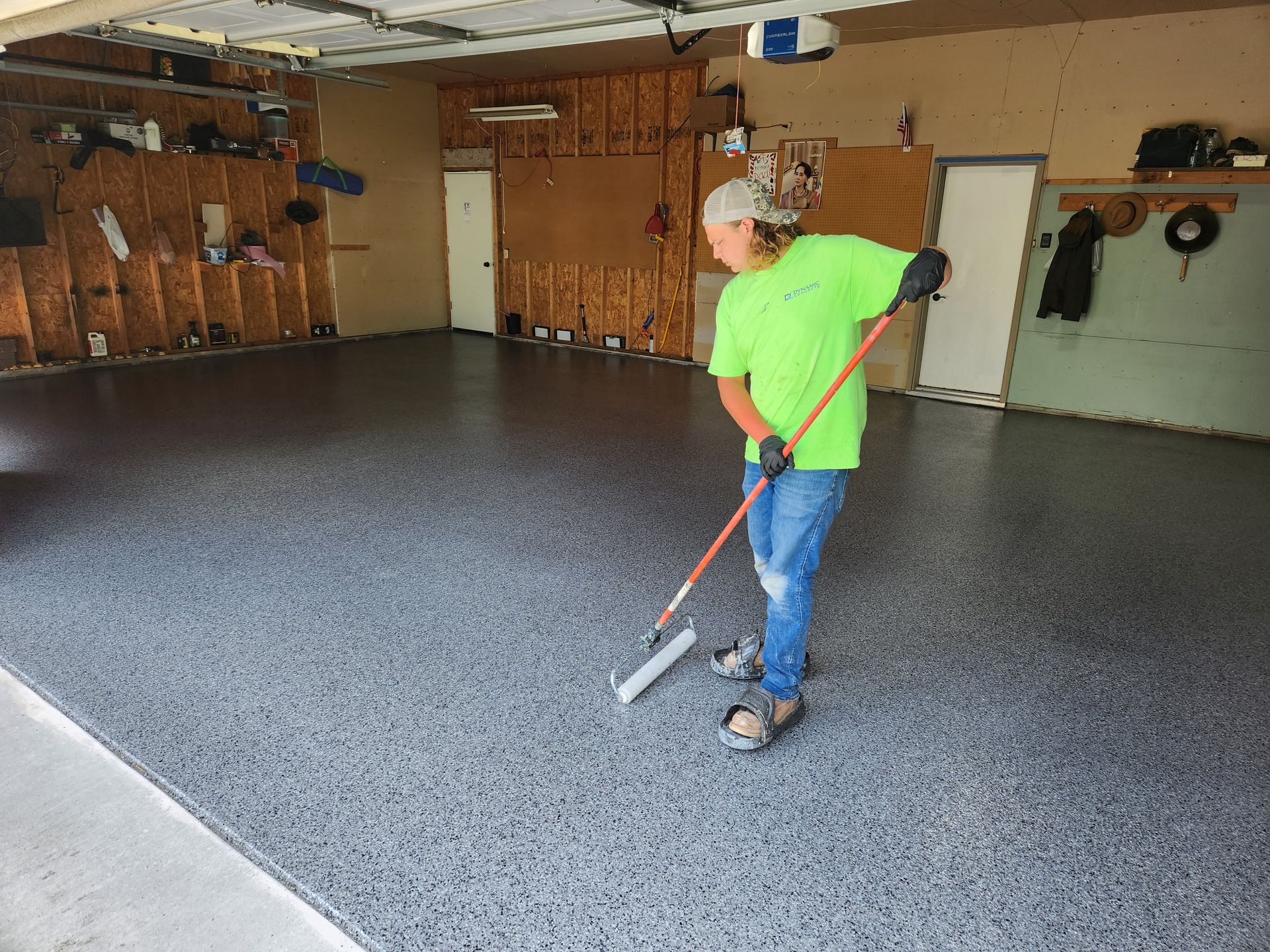
The choice between DIY and professional stamped concrete depends on your project's complexity, your experience level, and long-term expectations—while DIY might save money initially on simple projects, professional installations typically last 20-30 years compared to many DIY projects requiring replacement within five years, making professional work more cost-effective over time for most homeowners.
Get Started Today
Whether you choose DIY or professional installation, proper preparation and realistic expectations are essential. The key is matching your approach to your project's scope and your skill level. If you decide to hire professionals, or if you need assistance with a concrete refresh project that didn't go as planned, our experienced team is here to help. Contact us at Dynamic Concrete for a free consultation.
